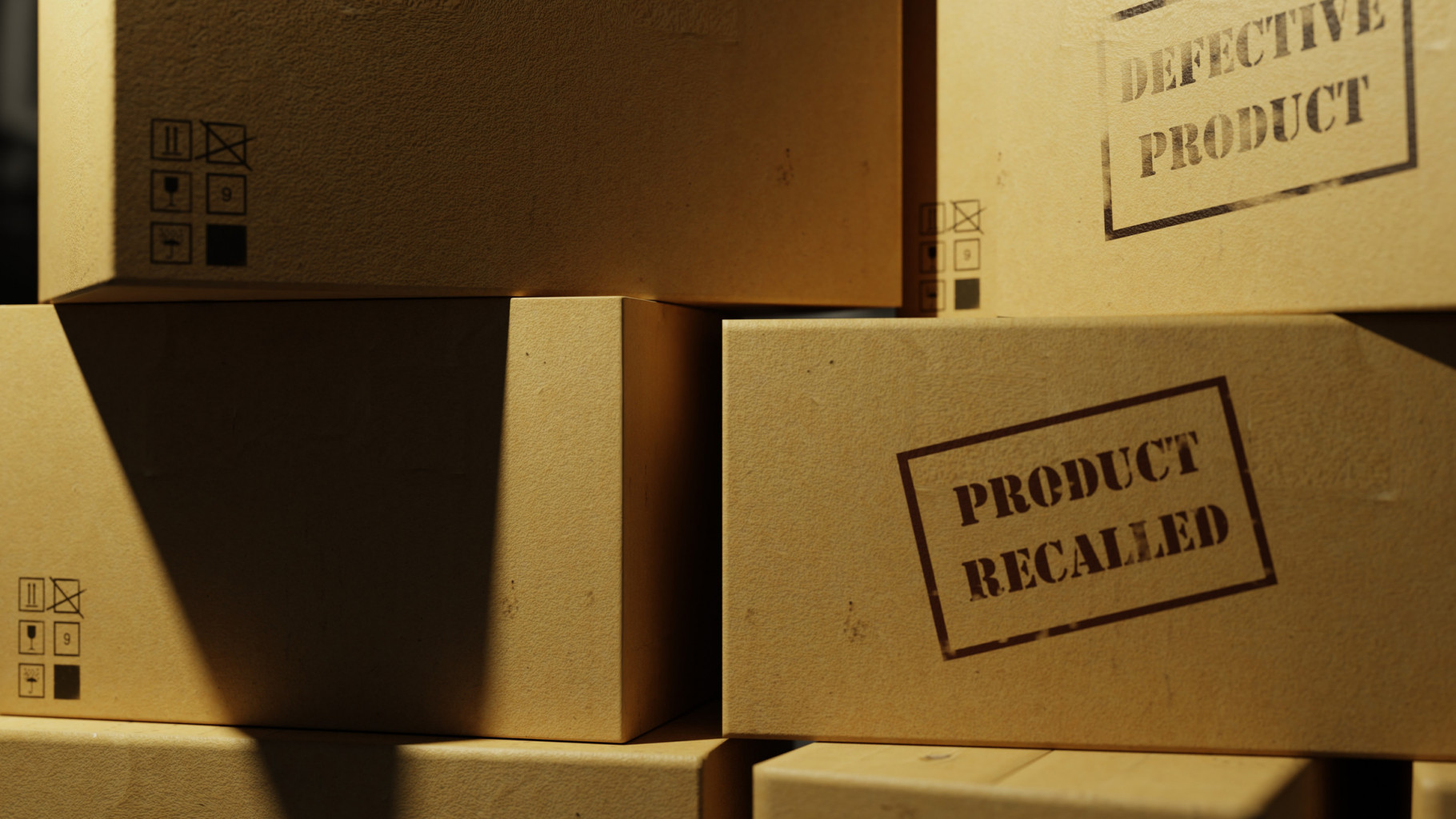When we purchase and use a product, we have the general expectation that the manufacturer who produced the product took all reasonable measures to prevent the product from causing harm. Unfortunately, consumers in the U.S. and elsewhere regularly experience injuries from defective products, including medications, infant bedding, children’s toys, household products, workplace equipment, and any other product in general use. In most cases, manufacturers bear strict liability for injuries caused by their products, meaning it doesn’t matter if their intentions were good or whether or not they committed negligence, but instead, they are strictly liable for any injury the product causes if the consumer used the product appropriately or in a manner the manufacturer could have reasonably anticipated a consumer using it.
When a consumer experiences a preventable injury from a defective product and the injury causes damages like medical expenses, lost wages, and pain and suffering, the injury victim has a right to make a claim for compensation against the manufacturer’s liability insurance or to file a lawsuit. But first, the claim must be narrowed down to one of three legally recognized types of product defects in product liability cases.

When the design of a particular product has a defect, the product is inherently dangerous to consumers. The danger of the product exists even before the manufacturer produces, assembles, markets, or sells the product.
In all but three states—Alaska, California, and Hawaii—the injury victim (the plaintiff in the case) has the burden of proving that the design of a product is inherently flawed and presents a safety hazard with typical use. In many cases, proving the inherent flaw also requires showing that a safer design exists for a similar product therefore the product as designed is an unreasonable safety risk to users. If the injury victim cannot prove that a safer alternative exists, the courts may decide that the manufacturer isn’t liable because the utility or benefits of the product outweigh the potential harm.
In Alaska, California, and Hawaii, the manufacturer (defendant) has the burden of proving that no design flaw exists.
In the event you’ve been injured due to a product, contact our product liability attorney in Seattle today.
In other circumstances, the design of a product may be flawless and include no inherent safety risk, but during the manufacturing or assembling of the product, the manufacturer departed from the original design, or one or more of the products was produced or assembled incorrectly, creating a flaw that presents a safety hazard. In this case, only one product, a few products, or products within a line or lot number include the defect.
In a manufacturing defect case, the plaintiff must prove the manufacturing defect occurred. The manufacturer’s intent is irrelevant in this type of claim because the manufacturer produced an unsafe product due to a problem in the product’s manufacturing or construction process.
If a product has no design flaw or manufacturing defect, it could still present a safety hazard if an error or oversight in the marketing of the product results in an inadequate warning label, insufficient or unclear instructions for use, or improper assembly instructions.
When a manufacturer makes, markets, and sells a product, they have the duty to provide adequate instructions and safety warnings of any latent dangers of using the product. Consumers have a legal right to know the possible dangers of a product and how to use it safely. If a manufacturer neglects proper labeling and instructions and the result is an injury to a consumer, the manufacturer is liable for the damages, including medical expenses, lost wages, and compensation for pain and suffering.